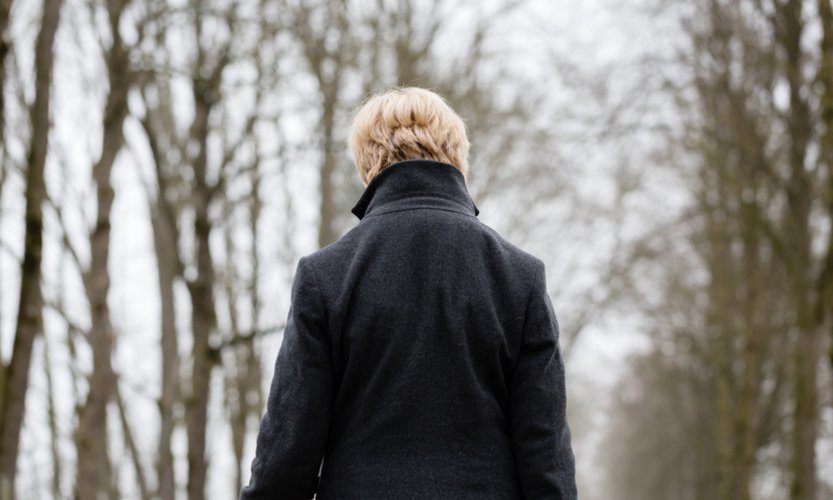Tips for Dealing with Seasonal Affective Disorder

For people with Seasonal Affective Disorder, the winter blues hit like clockwork. SAD is a form of depression triggered by the change in seasons, primarily causing depressive periods during the fall and winter and non-depressed periods during the warmer months. A blue mood can limit a person’s ability to live their lives to the fullest, function well at work, and enjoy their friends and family. People with SAD often experience less energy, loss of interest in activities, an inability to focus, increased appetite, and sleeping more than usual.
If you have Seasonal Affective Disorder, follow these tips to help you cope during the cold winter months:
- Maintain a routine.
Create a schedule and stick to it. For people with depression, the winter can spur an impulse to avoid interacting with other people and engaging in activities. Planning out your weeks can help you refrain from hibernating during the cold months. Include exercise, relaxing time, plans to see friends, and errands. If you schedule time to relax, you’ll feel less indulgent when you are lethargic.
- Get Moving.
Exercise can help cure your blue mood. It releases feel-good chemicals in the brain that may ease Seasonal Affective Disorder. Working out can serve as a distraction from the cycle of negative thoughts that feed depression. Any physical activity that gets you moving can help improve your mood. Exercise doesn’t have to be limited to intense cardio and lifting weights. If you don’t enjoy running, try yoga or walking. Try to incorporate more physical activity throughout the day. Take the stairs at work instead of the elevator. Walk to get lunch or grab coffee rather than driving.
- Soak up the Sun
Take in as much sunlight as you can each day. If you have seasonal depression, get outside as much as you can during the day and keep your curtains open to expose yourself to natural light when you’re indoors. Try spending at least thirty minutes every day outside. It can lift your spirits, relieve stress, and offset the seasonal drops in serotonin. Bundle up and take a stroll around the block during the early afternoon when the sun is the brightest. Even on a cold, cloudy day, you’ll still experience more sunlight than you would inside.
- Try Light Box Therapy
Add more sun to your day with a light therapy box. Light therapy is a proven treatment for Seasonal Affective Disorder. You can buy a box for your home or office. The bright rays will simulate your body’s circadian rhythms, elevate your brain’s serotonin, and suppress the release of melatonin. Doctors recommend sitting in front of a light box for about thirty minutes every day to effectively combat seasonal depression. Most people find light therapy to be most effective in the morning when the winter blues are the worst.
- Get More Vitamin D
Low levels of vitamin D have been linked to Seasonal Affective Disorder. A recent study found that vitamin D supplements have significantly improved the symptoms of depression. You can get natural vitamin D by spending a little time outdoors each day. Talk to a Kress Pharmacist about what supplements are right for you.
Call Kress Specialty Apothecary today to find out more information about our Pharmacy Services (856) 323-8723 and how we can help with SAD.